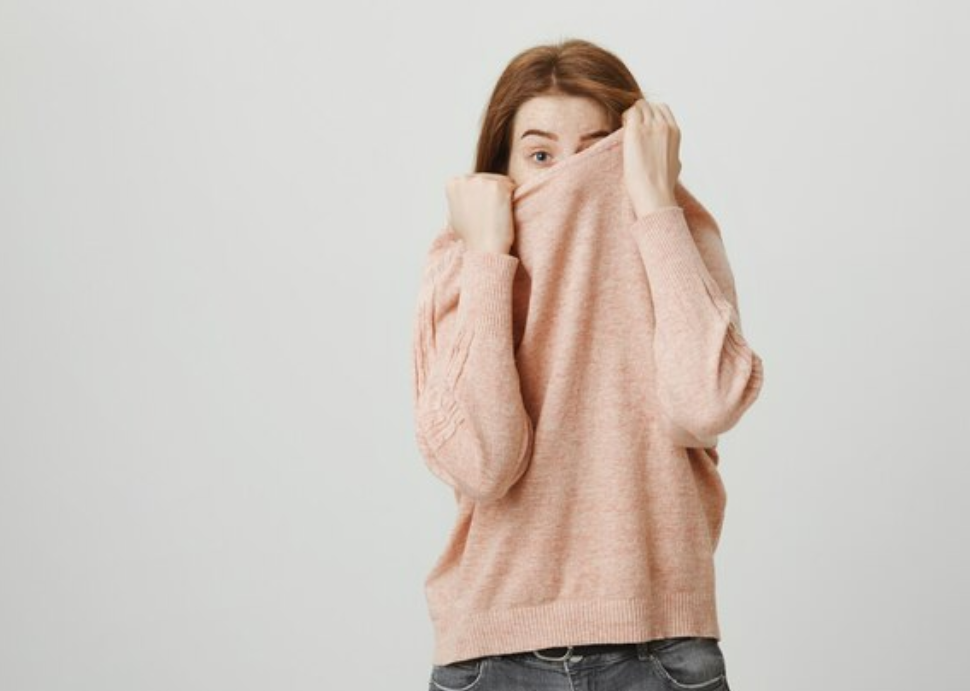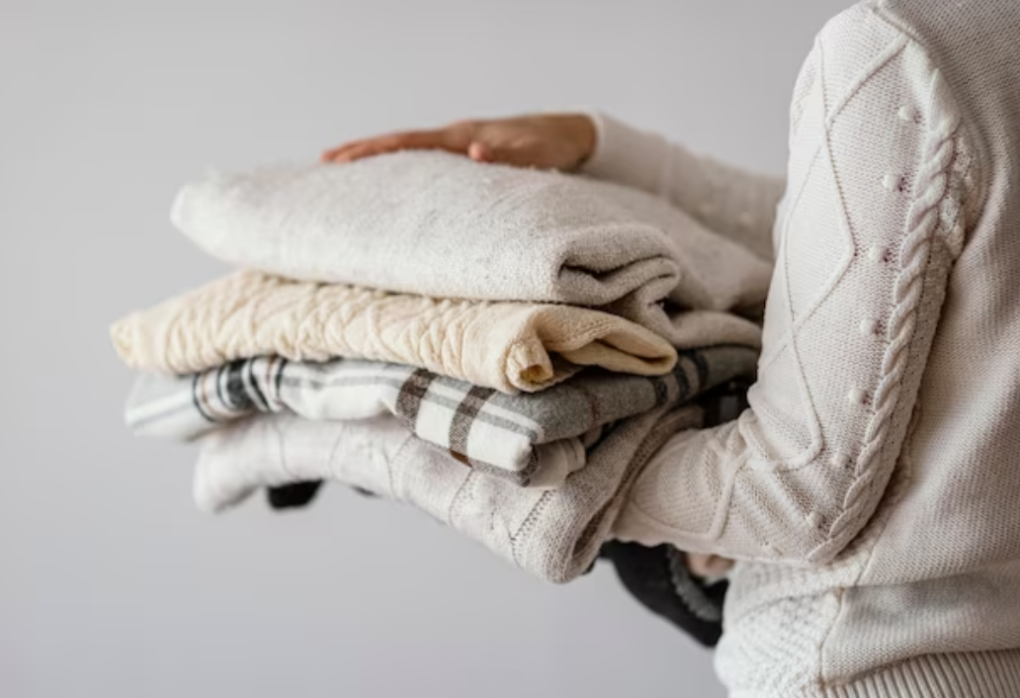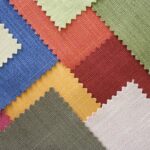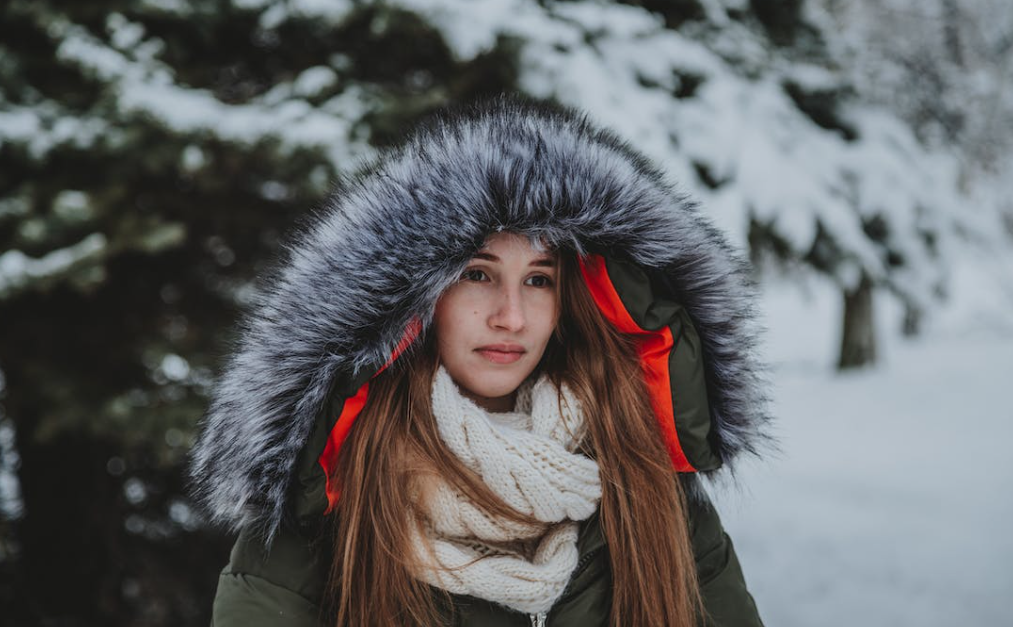As winter approaches, the world of fashion undergoes a transformation, embracing fabrics that not only provide warmth but also exude style and comfort. The selection of winter-appropriate fabrics is a nuanced process, considering factors such as insulation, breathability, and overall aesthetic appeal. In this comprehensive guide, we explore 10 essential fabrics for winter apparel, each contributing to the creation of garments that seamlessly blend functionality with fashion.
1. Wool: The Timeless Insulator
Overview: Wool stands as a timeless and classic winter fabric, known for its exceptional insulating properties. Derived from the fleece of sheep, wool fibers trap heat, creating a natural barrier against the cold.
Key Attributes: Warmth, breathability, moisture-wicking, and versatility.
Ideal Usage: Sweaters, coats, scarves, and suits.
2. Cashmere: Luxurious Softness
Overview: Derived from the soft undercoat of cashmere goats, cashmere is synonymous with luxury. This fine and delicate fabric offers unparalleled softness and warmth, making it a favorite for sophisticated winter wear.
Key Attributes: Luxurious feel, lightweight, excellent insulation.
Ideal Usage: Sweaters, scarves, shawls, and accessories.
3. Fleece: Cozy Comfort
Overview: Fleece is a synthetic fabric known for its exceptional warmth and soft texture. It is a popular choice for casual winter wear, providing cozy comfort without the bulk associated with traditional insulation.
Key Attributes: Soft, lightweight, moisture-wicking, and quick-drying.
Ideal Usage: Hoodies, jackets, blankets, and activewear.

4. Down: Lightweight Insulation
Overview: Down is a natural insulator derived from the plumage of ducks and geese. The light and fluffy clusters of down feathers create a high-loft insulation, offering warmth without adding bulk.
Key Attributes: Lightweight, excellent insulation, compressible.
Ideal Usage: Puffer jackets, vests, and winter coats.
5. Tweed: Textured Elegance
Overview: Tweed is a woolen fabric known for its distinctive texture and durability. Often featuring a mix of colored fibers, tweed adds a touch of rustic elegance to winter garments.
Key Attributes: Textured, durable, and warm.
Ideal Usage: Jackets, blazers, skirts, and dresses.
6. Sherpa: Faux Fur Comfort
Overview: Sherpa fabric mimics the softness and appearance of sheepskin. Often used as lining or in accents, sherpa provides a plush and cozy feel reminiscent of traditional fur.
Key Attributes: Soft, insulating, and cruelty-free.
Ideal Usage: Jacket lining, vests, and accessories.
7. Velvet: Opulent Winter Glamour
Overview: Velvet is a luxurious fabric characterized by its soft pile and rich sheen. While not traditionally associated with winter, its regal appearance makes it a glamorous choice for festive occasions.
Key Attributes: Soft, lustrous, and elegant.
Ideal Usage: Dresses, blazers, accessories, and eveningwear.

8. Corduroy: Rugged Sophistication
Overview: Corduroy is a durable fabric distinguished by its raised parallel ridges or “wales.” It offers a balance between ruggedness and sophistication, making it a versatile choice for winter.
Key Attributes: Durable, warm, and versatile.
Ideal Usage: Pants, jackets, blazers, and skirts.
9. Quilted Fabric: Stylish Insulation
Overview: Quilted fabric features a series of stitched patterns, often filled with padding for additional insulation. This design not only adds warmth but also introduces a stylish and textured element.
Key Attributes: Insulating, textured, and stylish.
Ideal Usage: Jackets, vests, and winter accessories.
10. Mohair: Lustrous and Silky
Overview: Mohair comes from the fleece of Angora goats and is known for its silky and lustrous texture. This luxurious fabric adds a touch of sophistication to winter ensembles.
Key Attributes: Silky, lustrous, and lightweight.
Ideal Usage: Sweaters, scarves, and eveningwear.
In conclusion, the selection of winter fabrics is a delightful journey through a diverse range of textures, styles, and functionalities. Each fabric contributes its unique characteristics to winter apparel, ensuring that wearers not only stay warm but also look effortlessly stylish during the colder months. From the timeless warmth of wool to the opulent luxury of cashmere, these fabrics define the elegance and comfort of winter fashion.







